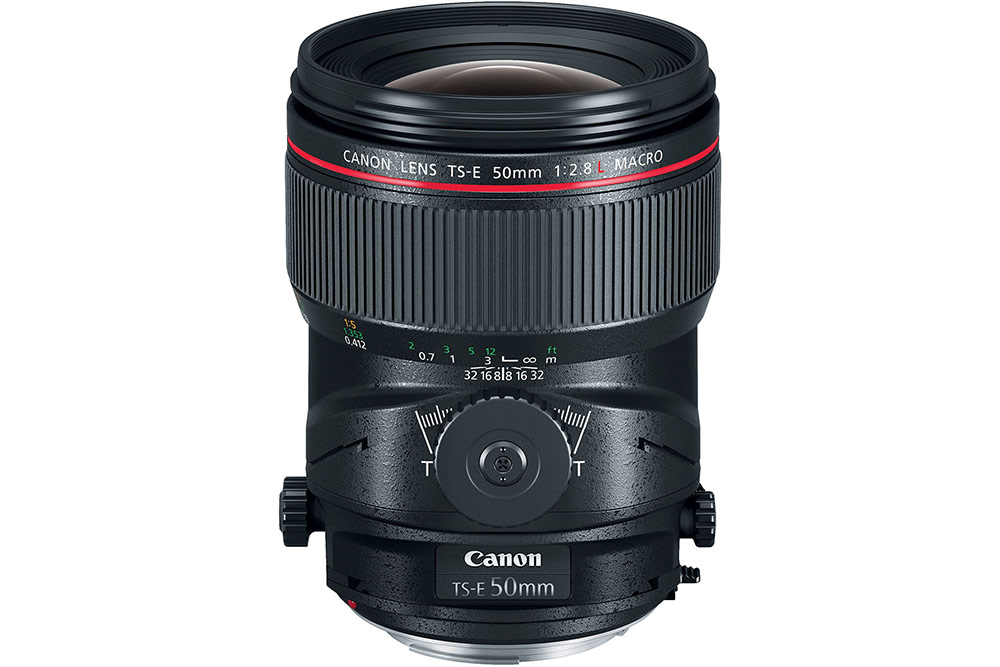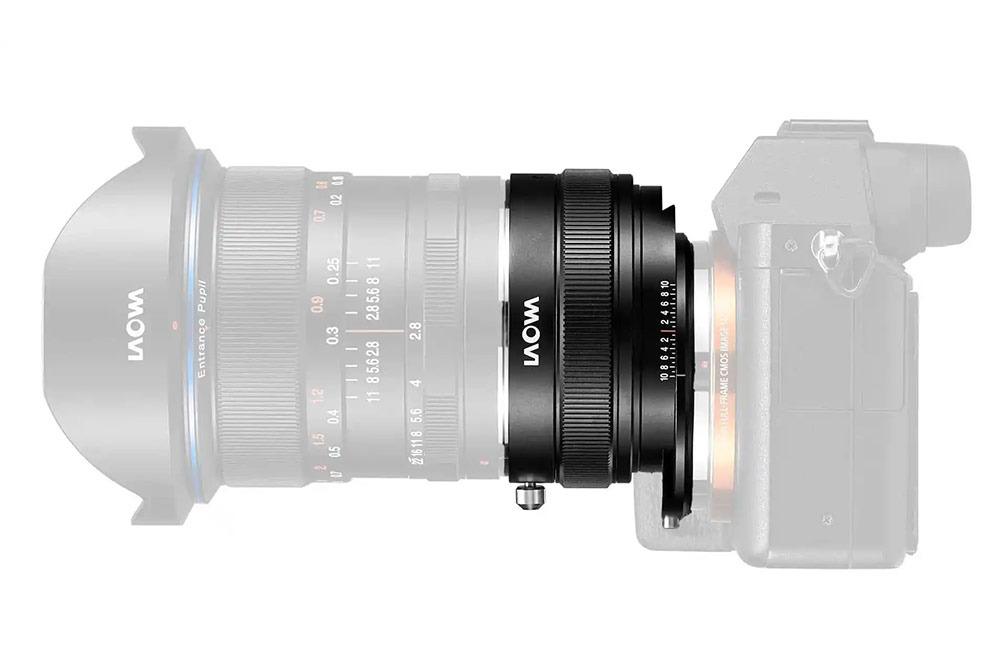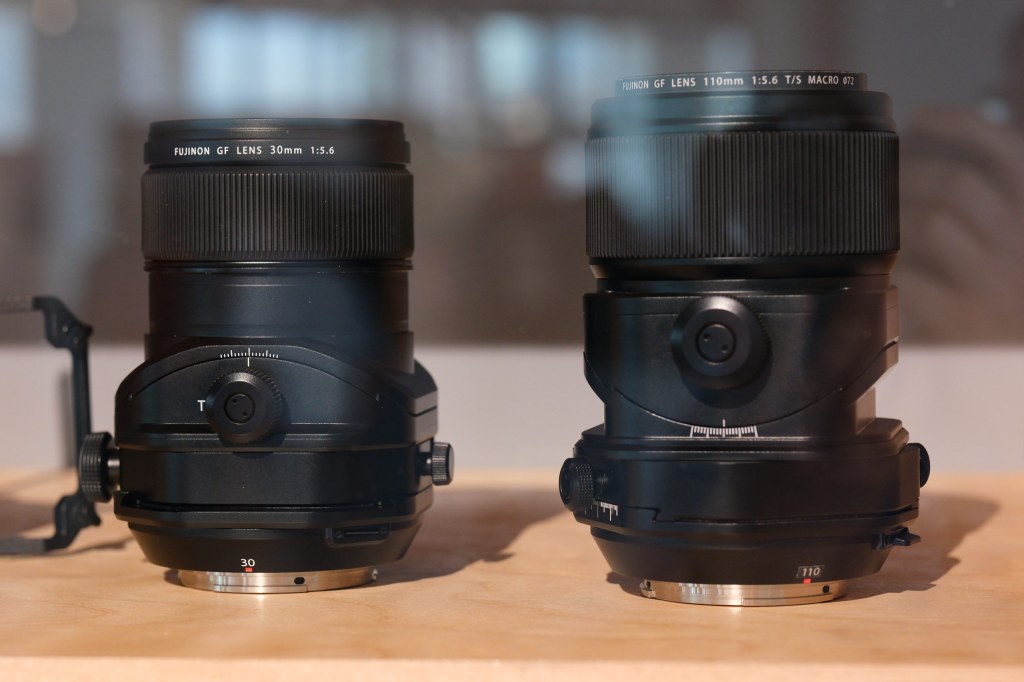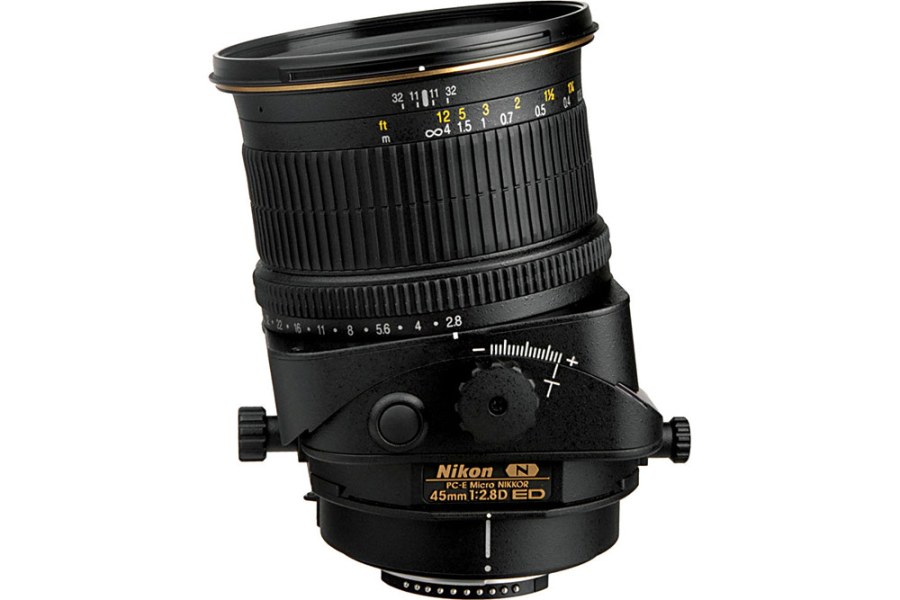The best tilt-shift lenses help you shoot distortion-free architecture shots, or create a powerful miniaturising effect. In this guide, we run through the options for all systems.
Essentially, what a tilt-shift lens does is allow you to take control of the perspective and plane of focus in an image. By physically moving part of the lens, you can radically extend the depth of field in an image to get much more in focus, or eliminate converging verticals to render tall buildings as accurately as possible.
Tilt-shift lenses can be quite ponderous things, requiring some manual fiddling before you can take the shot. They also have a reputation for being expensive, though as we’ll see, there are some comparatively affordable options available. Most tilt-shift lenses are made by Canon and Nikon for their respective EF-mount and F-mount DSLRs, but more recently there have been some interesting tilt-shift lenses released by Venus Optics under the Laowa brand, as well as Rokinon/Samyang. Fujifilm has also promised some tilt-shift lenses for its GFX medium format cameras, though we’re yet to see these appear.
We’ve detailed all the major manufacturers’ offerings below. Remember that plenty of tilt-shift lenses can be used on mirrorless camera via an appropriate adapter. To learn more about how these lenses work, check our our tutorial on how to straighten up your shots with tilt-shift photography, and for more lens options, see our guides to the best Canon EF-mount lenses and the best Nikon F-mount lenses.
How-to choose the best tilt-shift lenses
When choosing a tilt-shift lens, there are a number of key criteria to take into account. Below, we’ve quickly defined the key terms you’ll encounter when shopping for a good tilt-shift lens.
Focal length: 24mm wide-angle lenses tend to be ideal for architectural exteriors, while wider optics are great for interiors.
Tilt: Tilting the lens can be used to extend the depth of field without having to stop down the aperture, letting you use faster shutter speeds, and avoid diffraction. Alternatively it can provide a ‘fake miniature’ effect.
Shift: Shifting the lens upwards allows the camera back to be kept upright when shooting architecture, to eliminate converging verticals (buildings appearing smaller the further away they are). You can see an example of the effect of this below.

An architectural image taken with no tilt or shift applied. The converging vertical effect is pronounced. Photo credit: Andy Westlake

Taken from the same position as the shot above, but now with the lens shifted upwards. Sony A7 III, Laowa 15mm f/4.5, 1/320sec at f/8, ISO 100. Photo credit: Andy Westlake.
Macro: Longer focal-length tilt-shift lenses are often designated as macros. They’re mostly used for studio-based product photography, and help improve depth-of-field.
Rotation: Tilt-and-shift lenses allow the shift movement to be rotated relative to the camera, for switching between landscape- and portrait-format shooting.
Best Canon tilt-shift lenses

The Canon TS-E 24mm f/3.5L II, one of the more popular Canon tilt-shift lenses. Photo credit: Canon
Canon currently offers five tilt-shift lenses, all with the full-frame EF mount: the TS-E 17mm f/4L ($2,149 / £2,259), TS-E 24mm f/3.5L II ($1,899 / £1,999), TS-E 50mm F2.8L Macro ($2,199 / £2,439), TS-E 90mm F2.8L Macro ($2,199 / £2,439) and TS-E 135mm F4L Macro ($2,199 / £2,439).
Of these, the Canon TS-E 24mm f/3.5L II (above) is the ‘go-to’ lens for architecture photography because its angle of view is suitable for photographing large buildings without having to go too far back. It enables up to +/-8.5° and +/-12mm shift, plus +/-90° rotation is available for each movement independently. It’s supplied with a large bowl-shaped hood and accepts 82mm filters.

The Canon TS-E 50mm F2.8L Macro. Photo credit: Canon
Thanks to its ‘normal’ field of view, the TS-E 50mm F2.8L Macro also holds appeal, but naturally, you have to step further away from a building to get it all in the frame compared to the 24mm lens. However, it also has a closest focusing distance of 27.3cm at which it gives half life-size reproduction, making it attractive for product photography as well as architecture.
Meanwhile, the TS-E 17mm f/4L is useful for photographing skyscrapers and cramped interiors. Its tilt movement is more limited than the 24mm lens at +/-6.5°, but the shift is the same at 12mm and there’s independent rotation available for each to +/-90°.
Thanks to their longer focal lengths, the TS-E 90mm F2.8L Macro and TS-E 135mm F4L Macro are more suited to macro, product and portrait photography than architecture.
Best Nikon tilt-shift lenses

The Nikon PC-E Micro-NIKKOR 45mm f/2.8D ED Tilt-Shift lens. Photo credit: Nikon
Nikon nominally offers four tilt-shift, or perspective control (PC-E) lenses in its line-up: the PC-E 19mm f/4E ED ($3,396 / £3,199), PC-E 24mm F3.5D ED ($1,469 / £1,739), PC-E Micro 45mm f/2.8D ED ($2,046 / £1,709) and PC-E Micro 85mm f/2.8D ($1,383 / £1,499). Due to Nikon’s slow but relentless culling of all things DSLR, the lenses are getting harder to find, and you may have to rely on the second-hand market to find one.
In any cases, however you find the lenses, they all have the Nikon F mount and cover a full-frame sensor. In principle, they can also be used on the firm’s Z-mount mirrorless cameras via the FTZ mount adapter.
Again, the 24mm focal length of the Nikon PC-E 24mm F3.5D ED makes it an appealing option for architectural photography. It can tilt by up to +/-8.5° and shift by 11.5mm, plus there’s up to +/-90° rotation available, allowing the correction of converging verticals with either portrait or landscape format images. Helpfully, it comes supplied with a lens hood and has a thread for 77mm filters.
Nikon’s PC-E 19mm f/4E ED is useful for photographing very tall buildings or tight spaces indoors. It’s the only Nikon PC-E lens that has a dual rotation mechanism to enable the axis of the tilt function to be altered relative to the shift on a shot-by-shot basis.
However being an E-type lens, it lacks a mechanical aperture ring. If you want a tilt-shift lens with a ‘normal’ field of view, there’s the PC-E Micro 45mm f/2.8D ED. It has a closest focusing distance of 25.3cm which delivers the maximum reproduction ratio of 1:2, or half-size, making it useful for product and still-life photography. Meanwhile the PC-E Micro 85mm f/2.8D is ideal for portraits and product shots, but it doesn’t come cheap.
Best Laowa tilt-shift lenses

The Laowa 15mm f/4.5 Zero-D Shift is a remarkable achievement from Venus Optics. Photo credit: Andy Westlake
Laowa, owned by Venus Optics, has a few interesting tilt-shift lenses for architectural photographers. Firstly, there’s the 15mm F4.5 Zero-D Shift lens ($1,300 / £1,249). It’s a full-frame lens available in Canon EF or RF, Nikon F or Z, Pentax K, Sony FE and L mounts. Also, the fact that it has a 65mm-diameter image circle means it can also be used on medium format cameras, and accordingly a version has spring up for the Fujifilm GFX-mount. At the same time, Laowa introduced a special ‘red-ring’ version of the lens, sporting a 14-bladed aperture. Whichever you go for, it’s the widest shift lens currently available, which means it’s useful for photographing very tall buildings or tight interiors. However, there’s no tilt movement available, just shift of up to 11mm with 360° rotation.
There’s also the Laowa 15mm F4 Wide Angle Macro ($499 / £499) for Canon EF, Nikon F, Leica L, Pentax K and Sony FE mounts. This is an unusual 1:1 macro lens that works on full-frame cameras, but which also has a +/-6mm shift feature available for use with APS-C format cameras.

The Laowa Magic Shift Converter is placed between lens and camera. Photo credit: Venus Optics
Finally, there’s the Laowa Magic Shift Converter ($300 / £299) which is essentially a 1.4x teleconverter that enables Canon EF or Nikon F lenses to be used on Sony E-mount, Canon RF-mount or Nikon Z-mount cameras with up to +/-10mm shift. It’s an interesting option, but you only get aperture control if the mounted lens has an aperture ring. It’s best suited for use with the Laowa 12mm f/2.8 Zero-D lens, with which it makes a 17mm f/4 lens.
Best tilt-shift lens from Rokinon / Samyang

The Samyang T-S 24mm F3.5 ED AS UMC (right) is a larger prospect than the Laowa 15mm F4.5 Zero-D Shift lens. Photo credit: Andy Westlake
With a street price of about $629 / £689 (sometimes varying, depending on the mount), the Samyang T-S 24mm f/3.5 ED AS UMC is one of the most affordable tilt-shift lenses available. At its optimum aperture settings of around f/5.6-f/11, it compares very well with its more expensive competitors in terms of sharpness, which makes it an interesting option for enthusiast photographers who wish to experiment with this type of lens.
However, while it offers a similar range of movements to its near-doppelganger, the Canon TS-E 24mm f/3.5L II, it doesn’t share the same construction quality and smoothness of operation, meaning it’s not so well-suited for use by those who photograph buildings for a living.
It’s a full-frame optic with an architecture-friendly focal length of 24mm and it’s available in Canon EF, Nikon F, Pentax K, and Sony A or FE mounts. Whatever version you opt for, the aperture is set via a ring on the lens, with detents at half-stop intervals.
The lens doesn’t include any electronics to transmit focal length or aperture data to the camera, and like all the other tilt-shift lenses in this round-up, focusing is manual-only.
The tilt angle can be adjusted by up to +/-8.5° and there’s +/-12mm of shift available for correcting converging verticals. The direction of shift can be rotated by 90° for portrait-format shooting, while the tilt axis can also be rotated independently though 90°. The lens accepts 82mm diameter filters, but no hood is supplied.
Best Fujifilm tilt-shift lenses

Fujifilm GFX 30mm and 110mm tilt-shift lenses on show at Fujikina 2022.
Now, this is something of a placeholder, as these lenses aren’t available to buy yet. The Fujinon GF 30mm F5.6 tilt-shift lens and Fujinon GF 110mm F5.6 tilt-shift lens were both announced and shown off (behind glass) at the Fujifilm X-Summit in New York in 2022. It’s certainly an exciting development to see another manufacturer commit to developing its own native tilt-shift lenses, especially for a medium format system like Fujifilm GFX. However, even now that we’re some way into 2023, we don’t have much in the way of details for these lenses as of yet, including pricing or a release date.
Fujifilm GFX users who want some tilt-shift action will have to content themselves with the Laowa 15mm F4.5 Zero-D Shift lens featured above until we get some clarity on when we can expect to see these lenses. Once they’ve passed across our review bench, we’re sure they’ll make their way onto this list.
Text by Geoff Harris, with contributions from Jon Stapley.
Further reading
Latest buying guides
Beat converging verticals and leaning-in lines








